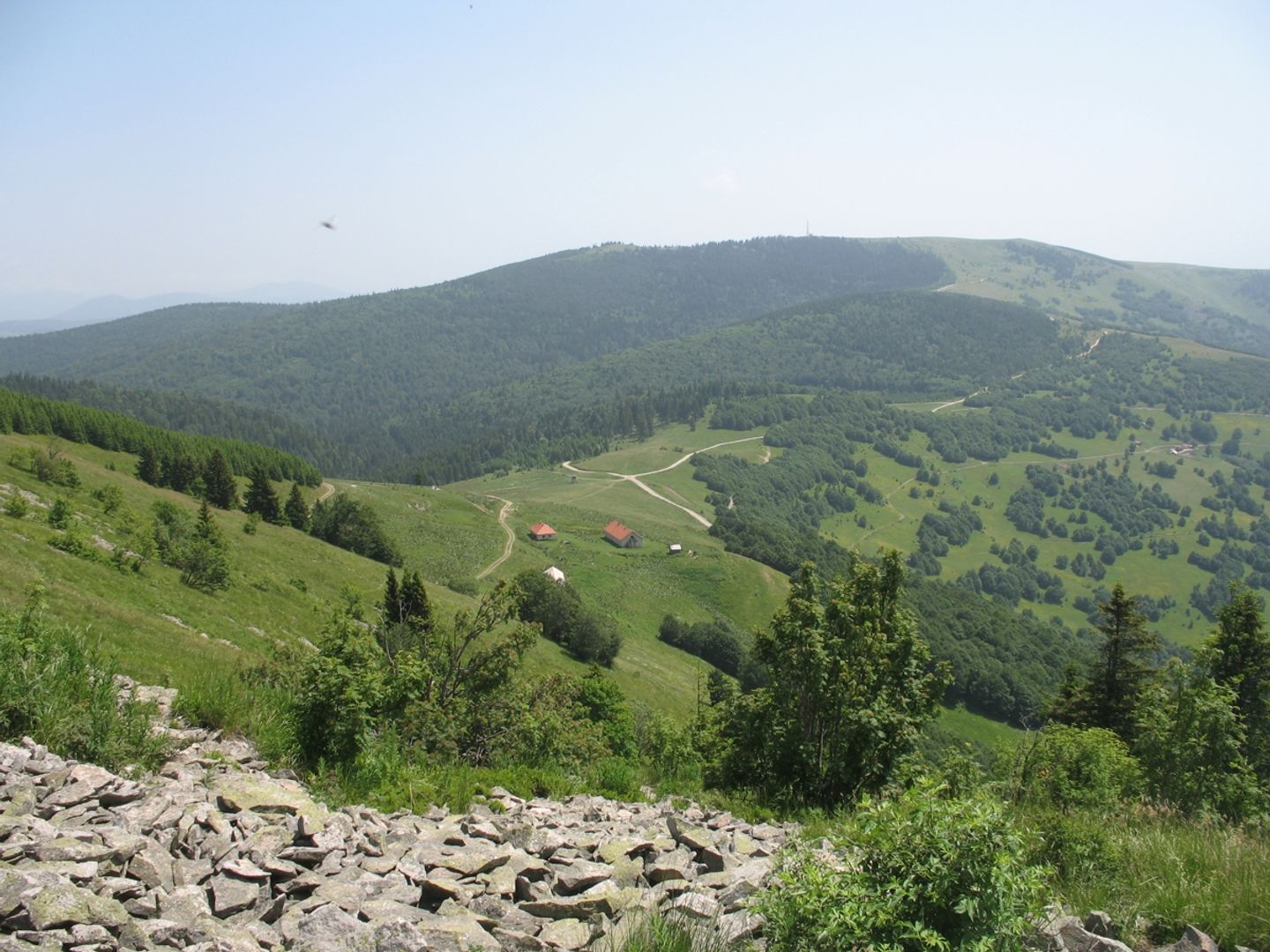Golija
6.01

Overview
Golia is a mountain in southwestern Serbia, located between the towns of Ivanjica and Novi Pazar, forming part of the Dinaric Alps. It is an area of high biodiversity, encompassing the Golija-Studenica Biosphere Reserve, the first UNESCO-registered biosphere reserve in Serbia. The highest peak of Golia is Jankov Kamen, reaching 1,833 meters above sea level, named after the legendary Serbian knight Janko who, according to local myths, left a stone there upon returning from the Battle of Kosovo. Within Golia, there are four lakes, including Great and Small Košanin Lakes, rich in diverse vegetation, and Lake Nebeska Suza, which formed after an earthquake in 1977. The mountain is also home to the Studenica Monastery, a UNESCO World Heritage Site, serving as a significant cultural and historical landmark. The Golija-Studenica Biosphere Reserve, covering 538.04 km², protects both wildlife—including 95 species of birds and rare mammals such as wolves and brown bears—and flora, accounting for 25% of Serbia's plant species. The region's architecture remains a historical heritage, with monasteries that bear witness to the past and reflect local culture. Among the local folklore, numerous legends about the most beautiful fairies gathering around the lakes have endured. Golia, with its unique landscape, ski resorts, and rich culinary traditions—including buckwheat dishes and fish specialties—is a tourist attraction enjoyed by both domestic and international visitors. Wildlife in the Golia area is increasing, though issues related to its expansion and impact on local agriculture are becoming more noticeable. The mountainous terrain of Golia, characterized by scattered settlements, is home to approximately 6,600 residents, whose main livelihoods include livestock breeding, crop farming, and gathering forest products.
Location
Country
2025 Wizytor | All Rights Reserved